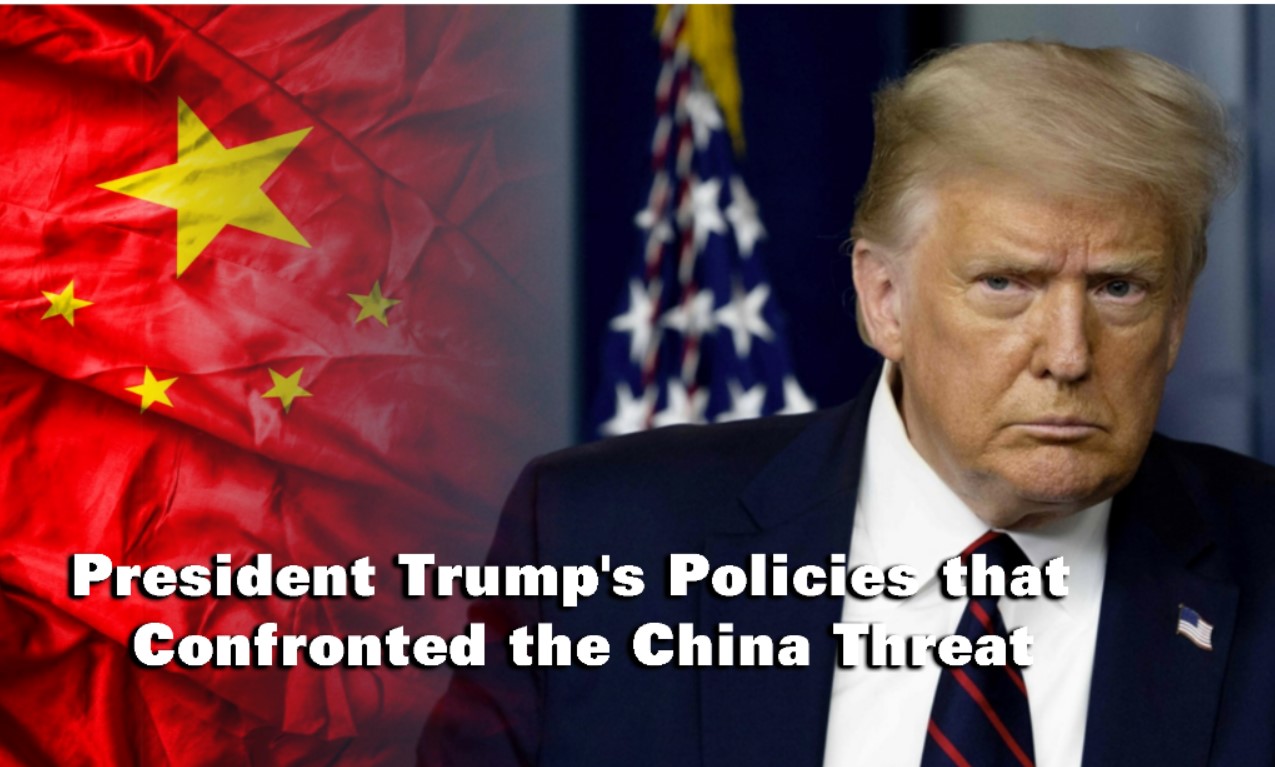
2017: Trump levies tariffs . As promised, Trump levies tariffs on billions of dollars of Chinese goods,
2018: A whole-of-government approach begins to take shape.
The National Security Strategy’s Indo-Pacific framework is approved in early 2018, and a Trump-era China strategy begins to emerge.
U.S. Pacific Command changes its name to Indo-Pacific Command in a move seen as aimed at countering China’s rise.
The Department of Justice launches its China Initiative, an effort to disrupt China’s covert activities in the U.S.
2019: The U.S. gets tougher, with some guardrails.
Secretary of State Mike Pompeo becomes a leading figure in the U.S. push against China, publicly accusing the Chinese Communist Party of seeking “international domination.”
Trump’s desire to seal a trade deal with China, however, prevented administration officials from pursuing sanctions on Chinese officials deemed complicit in human rights abuses.
2020: All bets are off. The year reshapes many aspects of the U.S.-China relationship.
After years of tariffs and negotiations, the Phase One trade deal is signed in January, giving President Trump a “win.”
Trump confronts China’s coronavirus outbreak and the effects on America
With a trade deal signed and a new grudge against China, Trump lifts the floodgates, allowing staff across agencies to push through long-desired actions on China-related issues across the board.
In 2020, the Trump administration also levied sanctions on 90 Chinese entities or individuals, comprising 11.5% of total U.S. sanctions designations last year, according to data compiled by the Center for a New American Security.
In 2020, the Trump administration took at least 210 public actions related to China that spanned at least 10 departments, according to publicly available data, demonstrating what the administration calls a “whole-of-government” strategy.
22 actions by the Justice Department, including indictments and arrests.
60 actions by the State Department, including visa restrictions, travel advisories, diplomatic actions and public statements.
27 actions by the White House, including executive orders, signing bills into laws and the signing of the Phase One trade agreement.
23 actions by the Defense Department, including freedom of navigation operations, Taiwan Strait transits, and the release of reports and other information.
16 actions by the Department of Homeland Security, including blocking the import of items made through forced labor and the release of reports and statements.
24 actions by the Treasury Department, including sanctions.
13 actions by the Commerce Department, including export controls, additions to the entities list and advisories.
3 actions by the U.S. Trade Representative’s office, including the release of reports and a public statement.
2 actions by the Energy Department, including designating China as a “foreign adversary.”
2 actions by the Export-Import Bank of the United States.
6 actions by the Federal Communications Commission, including designating Huawei and ZTE as national security threats.
1 action by the Agriculture Department, an interim report on agricultural trade with China.
1 action by the National Security Agency, a cybersecurity advisory regarding China-linked cyber actors.
1 action by the Education Department, a letter sent to university officials regarding Confucius Institutes.
2 actions by the Labor Department, including a letter and a list of goods made with forced labor.




